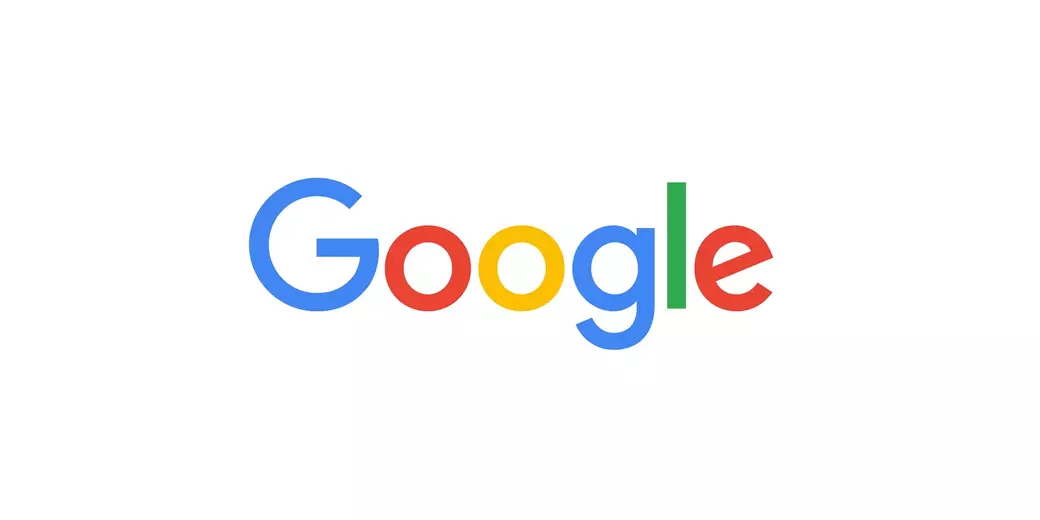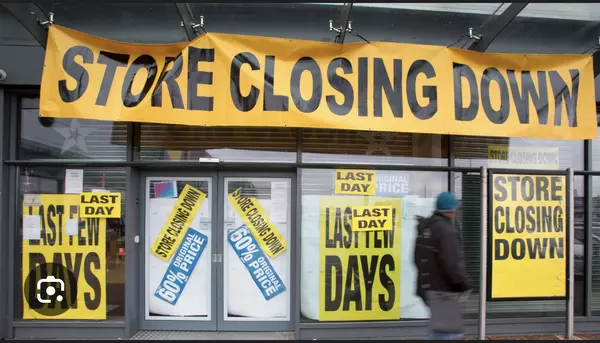Google Introduces AI-Powered Virtual “Try It On” for Online Shopping

A New Era for Virtual Fitting Rooms
In a major leap for e-commerce, Google launched a new artificial intelligence feature on July 24, 2025, enabling U.S. users to virtually try on clothing using a personal photo. Available across Google Search, Shopping, and Google Images, the “Try It On” tool lets shoppers tap an icon, upload a full-length body photo, and see how a selected garment might look on them—within seconds.. GOOGLE BLOG
This technology represents the first widely available virtual try-on using a user’s own image instead of generic model figures. It is built on Google’s Shopping Graph—a real‑time catalog of over 50 billion listings—and a fashion‑specific generative AI model that understands fabric behavior on diverse bodies .
How It Works—And What It Adds to Shopping
-
Select and upload: Find a clothing item in Google Shopping or Images, tap the “Try It On” icon, and submit a full-body photo of yourself.
-
Realistic preview: The AI generates a photo showing how the garment appears on your form, factoring in drape and fit.
-
Save & share: Save your virtual outfits, compare looks, and share with friends for feedback .
By offering personalized previews, the tool aims to reduce sizing uncertainty—a leading cause of online returns.
Google’s Broader AI Shopping Ecosystem
This try-on feature is part of a suite of AI enhancements rolled out by Google in July 2025:
-
Smarter price tracking: Shoppers can now set alerts by specifying size, color, and desired price threshold, making it easier to find items when they go on sale.
-
AI Mode coming soon: A new visual inspiration experience will offer shoppable outfit layouts and room design ideas based on generative imagery, launching this fall
Together, these tools transform search into a richer, more personalized shopping environment.
Implications for Retailers and Shoppers
For Consumers:
-
Reduced guesswork: Seeing an item on your virtual image could increase confidence before purchase.
-
Better value: Smart price alerts mean you’ll buy when it fits—not overpay for delayed sale items.
-
Efficient inspiration: AI-generated style suggestions streamline shopping decisions.
For Retailers:
-
Higher conversion potential: Early reports suggest users are more likely to engage and purchase after using virtual try‑on tools
-
Lower return rates: More accurate previews could lead to fewer return logistics and associated costs.
-
Increased visibility: Integrating with Google’s Shopping Graph gives brands access to billions of product impressions.
Challenges & Limitations
-
Accuracy concerns: AI-generated previews rely on a single photo—no body measurements or height data—so proportions may be slightly off.
-
Limited categories: Currently supports tops, bottoms, skirts, dresses—no try-ons for shoes, accessories, or outerwear .
-
Privacy considerations: Uploading a full-body image raises user consent and data-security questions.
What It Means for the Future of Fashion Retail
Google's try-on feature isn’t just a novelty—it’s a foundational shift toward more immersive, personalized, and data-informed shopping. By weaving AI directly into search results, the company is helping shoppers overcome uncertainty and retailers reach better-qualified buyers.
As full AI Mode launches later this year—with outfit and room inspiration—expect a more visual, intuitive shopping paradigm where ideas and purchases flow seamlessly. What started as a lab experiment (like Google’s Doppl app) is now a mainstream retail tool, and global growth projections for AI try-on platforms point toward exponential adoption in the years ahead.
Bottom Line
Google’s AI-powered virtual try-on tool is now live for U.S. users and offers shoppers a way to preview clothing on their own image before purchasing. It’s part of a comprehensive AI push that includes improved price tracking and upcoming generative outfit and home decor suggestions. For consumers and retailers alike, this marks a pivotal moment in the evolution of online retail—making online shopping more immersive, accurate, and efficient.
Recent Posts











